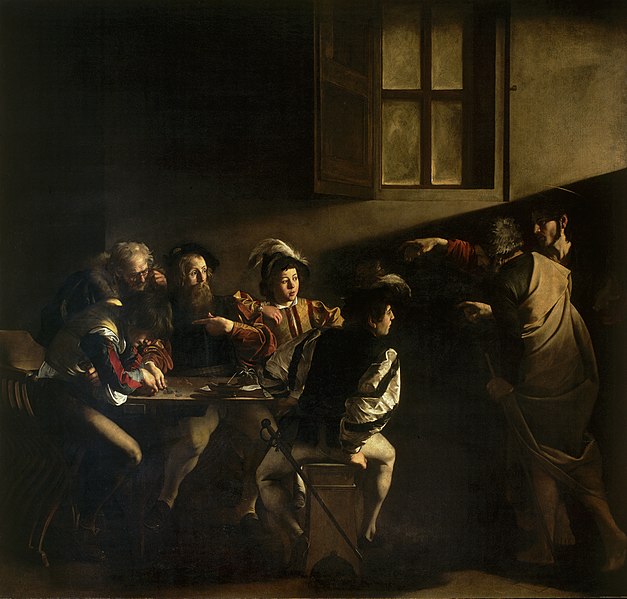
Chiaroscuro is an art technique that utilizes the bold contrast between light and dark shades to model three-dimensional objects, giving them a sense of volume and depth on a two-dimensional surface. This method is fundamental in creating dramatic effects, enhancing the perception of depth, and focusing the viewer’s attention on particular elements of the composition. The term itself is derived from two Italian words: “chiaro,” meaning light, and “scuro,” meaning dark.
This technique became particularly prominent during the Renaissance, as artists sought to bring more realism and emotional depth to their works. Chiaroscuro is not just about the stark contrast between light and dark but also involves the nuanced and gradual transition between these extremes, which can add a softness and a more lifelike quality to the depiction of forms.
Masters like Leonardo da Vinci used chiaroscuro to add a mysterious quality to their paintings, as seen in the soft transitions between light and shadow in the Mona Lisa. Caravaggio, on the other hand, employed more dramatic contrasts to heighten the emotional intensity of his scenes. Rembrandt further explored chiaroscuro’s potential to express human emotion and the texture of surfaces, contributing to a sense of intimacy and depth in his portraits and biblical scenes.
Chiaroscuro has influenced not only painting but also other forms of visual art, including drawing, printmaking, and photography, where the interplay of light and shadow is used to enhance texture, volume, and spatial relationships within the composition.
Most famous examples of Chiaroscuro Paintings
Chiaroscuro, the technique of using light and dark contrasts to suggest volume and depth in art, has been utilized by many artists to create dramatic effects in their paintings. This technique became particularly prominent during the Renaissance and continued to be a significant element in the works of later artists. Here are some of the most famous examples of chiaroscuro paintings:
- “The Calling of Saint Matthew” by Caravaggio (1599-1600) – Located in the Contarelli Chapel, San Luigi dei Francesi, Rome, this painting is a prime example of Caravaggio’s mastery of chiaroscuro. The dramatic use of light not only highlights the figures but also emphasizes the moment of Saint Matthew’s calling.
- “Supper at Emmaus” by Caravaggio (1601) – Housed in the National Gallery, London, this work showcases Caravaggio’s innovative use of chiaroscuro to create a realistic and emotionally engaging scene, highlighting the revelation moment to the disciples.
- “The Night Watch” by Rembrandt van Rijn (1642) – This famous painting, located in the Rijksmuseum, Amsterdam, demonstrates Rembrandt’s exceptional use of chiaroscuro to animate the militia men and convey the movement and vibrancy of the scene.
- “Saint John the Baptist in the Wilderness” by Caravaggio (1604-1605) – Displayed in the Nelson-Atkins Museum of Art, Kansas City, this painting is another testament to Caravaggio’s skill in using chiaroscuro to impart a naturalistic yet profound spiritual aura around the saint.
- “Girl with a Pearl Earring” by Johannes Vermeer (c. 1665) – Located in the Mauritshuis, The Hague, Vermeer’s use of light and shadow in this painting not only draws attention to the girl’s face and the pearl earring but also adds depth and intimacy to the portrait.
- “The Milkmaid” by Johannes Vermeer (c. 1657-1658) – Also in the Mauritshuis, this painting exemplifies Vermeer’s subtle yet effective use of chiaroscuro to enhance the realism of the scene and focus on the act of pouring milk.
- “Judith Slaying Holofernes” by Artemisia Gentileschi (c. 1614-1620) – This powerful painting, located in the Uffizi Gallery, Florence, uses stark chiaroscuro to heighten the dramatic intensity of the scene, focusing on the strength and determination of Judith.
These paintings are renowned not just for their artistic beauty but also for how they exemplify the use of chiaroscuro to achieve a powerful emotional and visual impact, enhancing the narrative and depth of the scenes depicted.